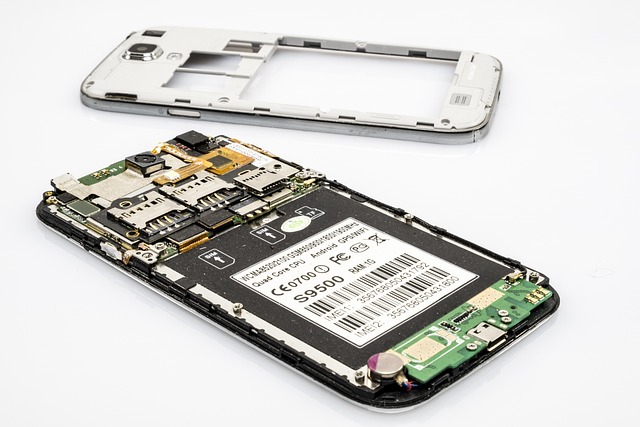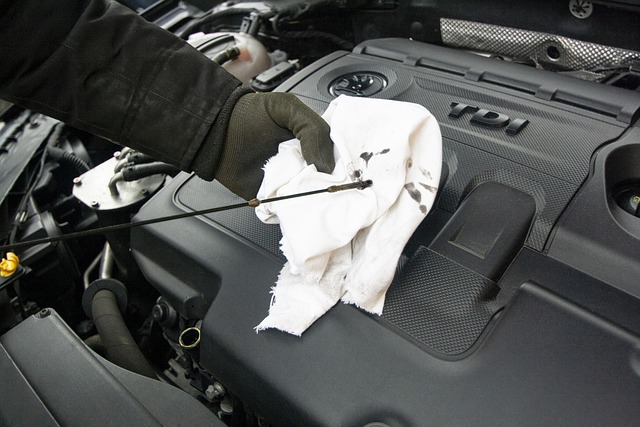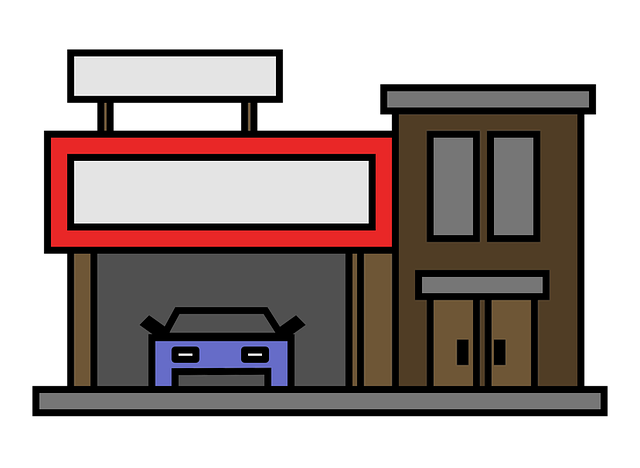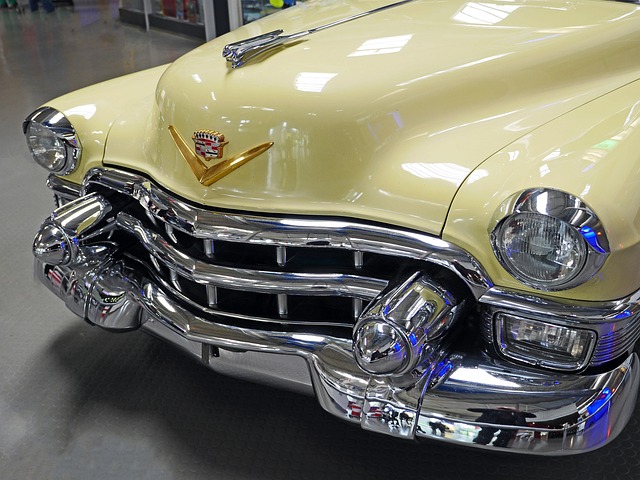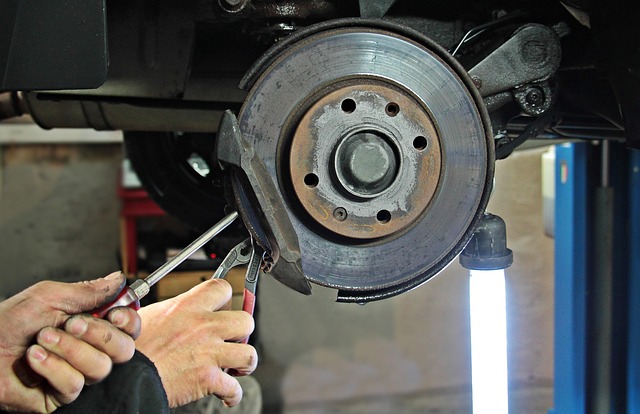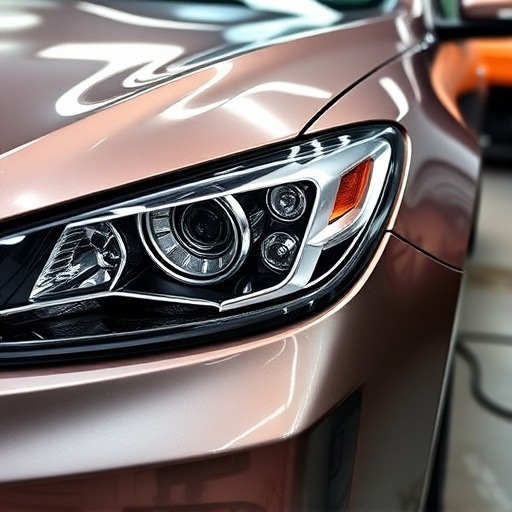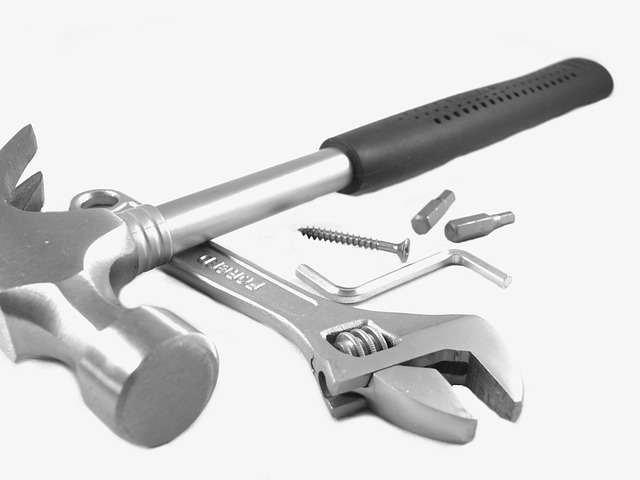Modern flexible bumpers, made from advanced polymer compounds, are transforming auto collision repair by absorbing impact energy, deforming without cracking, and preserving vehicle structural integrity. Repairs for these bumpers are often less costly than traditional body work due to techniques like plastic welding. While effective in many scenarios, their performance varies with collision speed; they may not adequately protect against high-impact crashes. Flexible bumper repairs focus on structural integrity, contrasting dent repair's cosmetic approach, and the choice between flexible and rigid systems depends on vehicle needs and desired impact protection levels.
“Discovering the nuances of flexible bumper repair offers a paradigm shift in automotive aesthetics and functionality. Modern bumpers are increasingly crafted from flexible materials, distinct from their rigid counterparts, presenting unique advantages. This article explores the transformative world of flexible bumper repair, dissecting its process, cost implications, and long-term benefits. From understanding the special properties of flexible materials to comparing repair techniques and environmental considerations, we delve into why this approach stands out in the automotive care landscape.”
- Understanding Flexible Bumper Materials and Their Unique Properties
- – Explanation of flexible materials used in modern bumpers
- – Advantages and disadvantages compared to rigid bumpers
Understanding Flexible Bumper Materials and Their Unique Properties
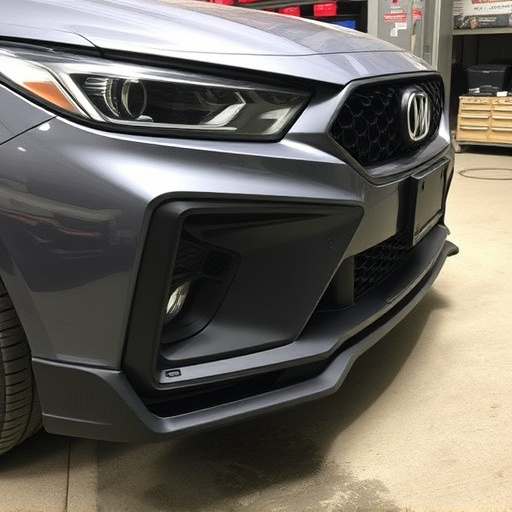
Bumpers are no longer just a simple piece of metal or plastic. Modern flexible bumpers are crafted from advanced materials designed to absorb impact energy and deform without cracking or breaking, making them a game-changer in auto collision repair. These innovative materials possess unique properties that set them apart from traditional bumper components.
The key lies in their flexibility, allowing them to bend and compress during a collision, reducing the force transferred to the vehicle’s structure. This design feature is particularly crucial for maintaining the structural integrity of the car while minimizing damage. Moreover, many flexible bumpers are designed to return to their original shape after impact, ensuring they can be easily restored through flexible bumper repair processes, such as repainting and reassembly, rather than requiring complete replacement like in conventional car paint repair scenarios.
– Explanation of flexible materials used in modern bumpers

Modern cars are equipped with bumpers made from flexible materials, a significant departure from the rigid metal designs of yesteryears. This evolution is driven by safety and aesthetic considerations. Flexible bumper systems consist of advanced polymer compounds that can deform and absorb impact energy during a collision, reducing damage to both the vehicle and its occupants. These materials offer several advantages over traditional auto body work in terms of repairability.
When a flexible bumper incurs damage, such as dents or creases, it can often be repaired with specialized techniques like plastic welding or heat gun shaping, without requiring extensive auto detailing or complete replacement. This is particularly beneficial for minor incidents where the structural integrity of the bumper is maintained. Car body shops employing skilled technicians can perform these repairs efficiently, ensuring the bumper returns to its original form and function, thereby extending the life of this crucial safety component and saving vehicle owners money on costly auto body work.
– Advantages and disadvantages compared to rigid bumpers
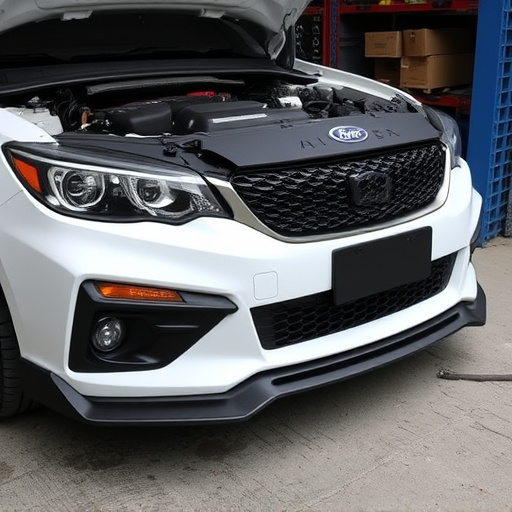
Flexible bumper repairs offer a unique advantage over traditional rigid bumper systems. The flexibility of these bumpers allows them to absorb impact energy during a collision, reducing the force transferred to the vehicle’s structure and potentially preventing more severe damage. This can lead to cost savings in terms of both repair and insurance claims. However, flexible bumpers may not always be suitable for all vehicles or situations. In cases of high-speed collisions or significant damage, the flexibility might not provide adequate protection.
When comparing with vehicle dent repair for similar issues, flexible bumper repairs often focus on structural integrity while dent repair addresses cosmetic concerns. For auto glass repair or vehicle body repair that extends beyond the bumper, the choice between flexible and rigid systems may depend on the specific needs of the vehicle and the desired level of protection against various types of impacts.
Flexible bumper repair stands out due to its ability to utilize advanced materials that offer superior impact absorption and energy dispersion. Unlike traditional bumper repair, which often involves rigid components, flexible repairs leverage the unique properties of materials like polypropylene and thermoplastic elastomers to restore structural integrity while maintaining a high level of safety and aesthetics. This innovative approach not only reduces costs but also promotes faster recovery times for vehicles, making flexible bumper repair a game-changer in the automotive industry.
